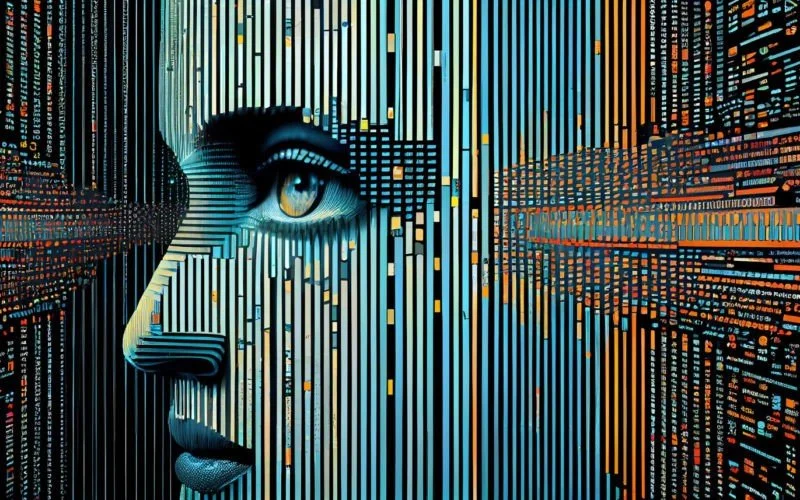The Cost of Physical and Digital Distractions for Creative — and How AI Can Help You Focus
A single interruption can derail your entire creative flow. According to a 2013 study by Thompson, it takes about 25 minutes to regain your focus after being distracted. Think about that: one doorbell ring, one phone notification, one “quick question” — and you’ve just lost nearly half an hour of productive creative energy.
Creativity thrives in quiet — not just the absence of sound, but the kind of stillness where ideas can breathe and form freely. Yet, for most of us, the modern workspace is built to interrupt us constantly.
Dogs barking.
Spouses asking a “quick favor.”
The doorbell ringing.
Slack notifications lighting up.
Each of these small moments pulls you out of the deep mental space where creativity actually happens.
Image generated via Midjourney
Trading Pretty for Peace
I recently gave up my beautiful, light-filled home office — the one with perfect décor and sunlight — for a space in my finished basement. It’s not glamorous, but it’s quiet. Best of all, it’s soundproof — originally designed to contain the noise of my loud kids.
Now it’s my creative cave.
I moved things around, added some warm light, and made a space that invites focus.
When I’m in the company office, it’s different. Quiet is harder to find — and that’s okay. I use my in-office days for meetings and collaboration, where interruptions are part of the flow. But when I’m home, I protect my deep work time like it’s sacred. That, to me, is one of the biggest gifts of hybrid work since COVID: the ability to find true creative quiet again.
The Luxury of Quiet (and Why It’s Fleeting)
Let’s be honest — the luxury of hours of uninterrupted quiet time doesn’t really exist.
Projects in different time zones still need your attention.
Your team still has questions.
And your dogs still need to go outside.
So, that one hour of quiet you do get? It’s gold.
That’s the window where real creative work can happen — when you can think deeply, write clearly, or design freely without your brain being pulled in five directions.
In today’s world, making the most of that one hour is everything. Protect it, plan for it, and make it count.
AI as a Partner in Your Quiet
When I finally sit in that quiet space, I don’t just rely on silence — I rely on AI as a creative partner. It’s not replacing me; it’s amplifying what I can do inside that focus bubble.
In that uninterrupted time, AI becomes a quiet collaborator:
Brainstorming without breaking flow. I can ask ChatGPT for naming ideas, campaign angles, or new ways to visualize a message — without switching tabs or context.
Simplifying the noise. AI can summarize a long brief or client note before I start, so I spend my energy on ideas, not prep work.
Accelerating the routine. Tools like Notion AI, Figma plugins, and automation scripts handle formatting, research, or layout versions while I stay in creative mode.
Protecting focus. My devices go on Do Not Disturb — customized to only allow emergency calls. Apple’s Focus settings, Slack’s status updates, even simple automation — all protect that mental space.
When used intentionally, AI helps extend that precious deep-work window. It handles the repetitive so I can stay in the imaginative. It’s like having a quiet assistant who never knocks on the door.
Protect your quiet.
Quiet isn’t a luxury anymore — it’s a strategy.
In a world that demands constant attention, creating space to think has become one of the most powerful creative tools you can have.
When you pair that rare quiet with the right technology — with AI as your creative partner — you multiply what’s possible in those limited hours.
Not because AI does the work for you, but because it helps you stay in the flow long enough to do your best work.
Protect that hour. Use it wisely.
Because great creative ideas don’t come from noise — they come from the quiet moments you fought to keep.


